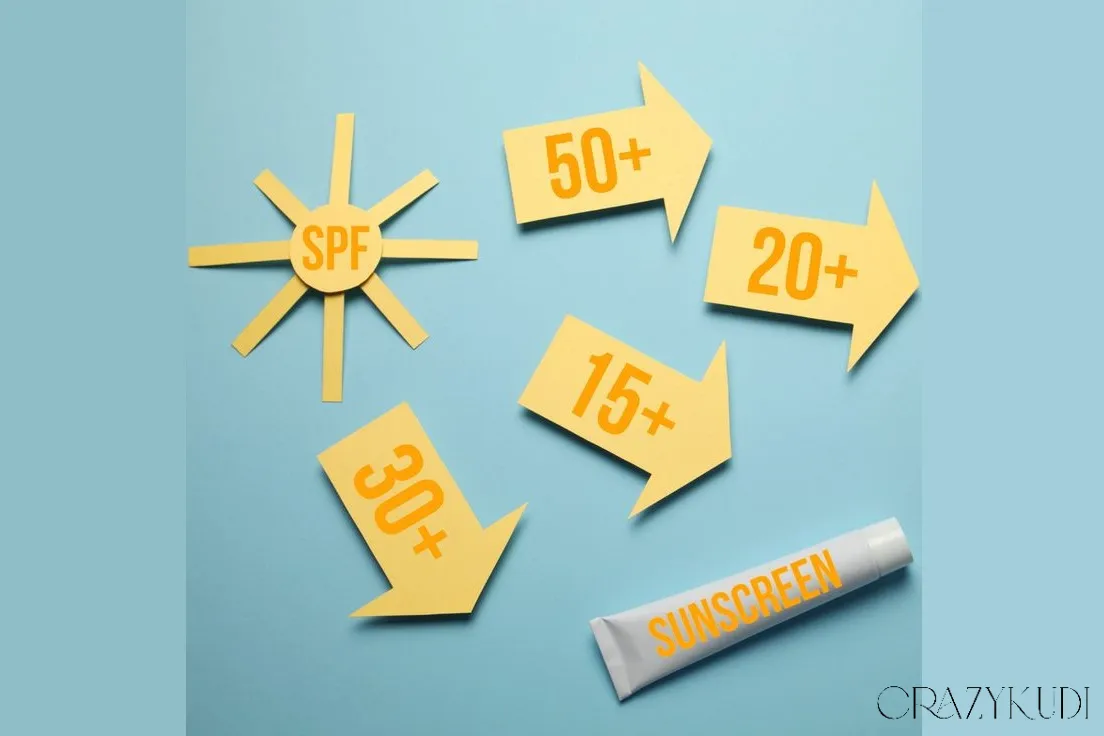Walk into any drugstore, and the sunscreen aisle can feel overwhelming. Bottles boast numbers like SPF 15, 30, 50, even 100+, alongside terms like "Broad Spectrum," "Mineral," "Chemical," and "Water Resistant." As a board-certified dermatologist, helping patients navigate these choices to find effective sun protection is a core part of my practice. Understanding what these labels mean – especially SPF – is the first step toward truly protecting your skin.
So, let's decode the terminology and clarify how to choose the sunscreen that's right for you.
What Exactly IS SPF (Sun Protection Factor)?
SPF primarily measures a sunscreen's ability to protect your skin from UVB rays. UVB rays are the main cause of sunburn and play a significant role in developing skin cancer.
The SPF number theoretically indicates how much longer it would take for your skin to redden (burn) when exposed to UVB radiation with the sunscreen applied correctly, compared to how long it would take without any protection.
- For example, if your unprotected skin typically starts to burn after 10 minutes in the sun, applying an SPF 30 sunscreen correctly should, in theory, provide about 30 times that protection, allowing you roughly 300 minutes before burning.
Important Caveat: This is a simplified laboratory measure. Real-world factors like sweat, water exposure, rubbing off on clothes, and most importantly, inadequate application, mean you likely won't achieve that exact level of extended protection in practice.
Does the SPF Number Really Matter? Yes, But How Much?
The SPF number does matter, but perhaps not in the way you might think. It's not a linear scale in terms of total protection. Look at the approximate percentage of UVB rays blocked:
- SPF 15: Blocks about 93% of UVB rays.
- SPF 30: Blocks about 97% of UVB rays.
- SPF 50: Blocks about 98% of UVB rays.
- SPF 100: Blocks about 99% of UVB rays.
As you can see, the jump from SPF 30 to SPF 50 provides only about 1% additional protection, and the jump from 50 to 100 is even smaller.
This is why dermatologists almost universally recommend a minimum of SPF 30. It offers a significant level of protection (97%). While higher SPFs do offer slightly more protection, which can be meaningful for very fair-skinned individuals, those with photosensitivity, or during intense, prolonged exposure, they can sometimes create a false sense of security. People might misuse high-SPF sunscreens by staying out longer or reapplying less frequently, ultimately getting more UV damage than someone using SPF 30 correctly.
Also read: Daily Sunscreen: Is It Really Necessary? A Dermatologist's Uncompromising Answer
Beyond SPF: Why "Broad Spectrum" is Non-Negotiable
Focusing only on the SPF number is a critical mistake because SPF mainly tells you about UVB (burning) protection. It tells you little about protection from UVA rays.
UVA rays penetrate deeper into the skin, causing:
- Premature Aging (Photoaging): Wrinkles, loss of elasticity, leathery texture.
- Hyperpigmentation: Sun spots, melasma worsening.
- Contribution to Skin Cancer: UVA damage also plays a role in developing skin cancers, including melanoma.
Therefore, ALWAYS choose a sunscreen labeled "Broad Spectrum." This means it has passed specific FDA testing proving it protects against both UVA and UVB radiation, offering comprehensive protection.

Choosing the Right Sunscreen for YOU: Other Key Factors
Besides SPF 30+ and Broad Spectrum, consider these factors:
- Water Resistance: If you'll be swimming or sweating heavily, choose a "Water Resistant" sunscreen. The label will specify whether it remains effective for 40 minutes or 80 minutes while swimming or sweating. Remember, no sunscreen is truly "waterproof" or "sweatproof" – reapplication after exposure is crucial.
- Ingredients: Mineral vs. Chemical
- Mineral (Physical) Sunscreens: Contain Zinc Oxide and/or Titanium Dioxide. They work by creating a physical barrier that blocks UV rays.
- Pros: Generally better tolerated by sensitive skin, less likely to cause allergic reactions, effective immediately upon application. Zinc Oxide offers excellent broad-spectrum protection.
- Cons: Can sometimes leave a whitish cast on the skin, although modern formulations (micronized, tinted) have improved this significantly.
- Chemical Sunscreens: Contain organic compounds (e.g., Avobenzone, Oxybenzone, Octinoxate, Octisalate) that absorb UV radiation and convert it into heat, which is then released from the skin.
- Pros: Tend to be more cosmetically elegant, rub in clear, often preferred for daily facial use under makeup.
- Cons: Can sometimes cause irritation or allergic reactions in sensitive individuals. Require about 15-20 minutes to become fully effective after application. (Note: Regulatory discussions around certain chemical filters are ongoing, but current FDA-approved ingredients are considered safe and effective when used as directed).
- The Best Choice? Often comes down to personal preference and skin sensitivity. Both types are effective when used correctly.
- Formulation & Skin Type: Sunscreens come in lotions, creams, gels, sticks, and sprays.
- Oily/Acne-Prone Skin: Look for oil-free, non-comedogenic gels or light lotions.
- Dry Skin: Creamier, more hydrating lotion formulations might be preferred.
- Face: Many prefer cosmetically elegant facial sunscreens designed not to feel heavy or greasy. Tinted options can double as light makeup.
- Body: Sprays can be convenient but apply generously and rub them in to ensure even coverage (avoid inhaling). Sticks are great for targeted areas like the face, ears, and around the eyes.
Also read: Firming Up the Facts: A Dermatologist Explains Radiofrequency Skin Tightening
Application is Key!
Even the highest SPF sunscreen won't work if you don't apply enough or reapply often.
- Apply Generously: Most people only apply 25-50% of the recommended amount. Use about a shot glass worth for your body and a nickel-sized dollop (or two finger-lengths) for your face.
- Reapply: Reapply every two hours when outdoors, and immediately after swimming, sweating heavily, or toweling off.
The Bottom Line:
When choosing a sunscreen:
- Look for SPF 30 or higher.
- Ensure it's labeled Broad Spectrum.
- Select Water Resistant if needed.
- Choose a formulation and type (mineral/chemical) you like and that suits your skin type – the best sunscreen is the one you'll use consistently!
- Apply correctly – generously and frequently.
Sunscreen is your single best defense against skin cancer and premature aging. Make it a non-negotiable part of your daily routine, year-round.

